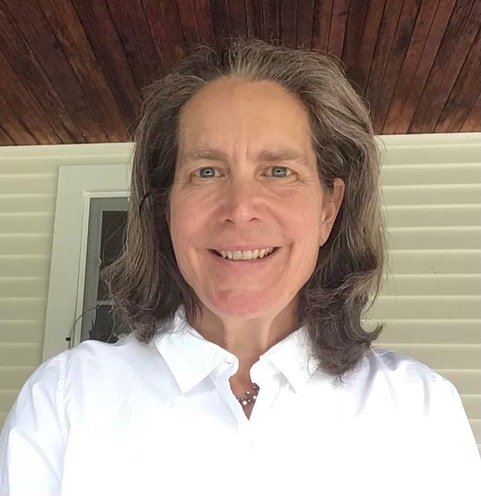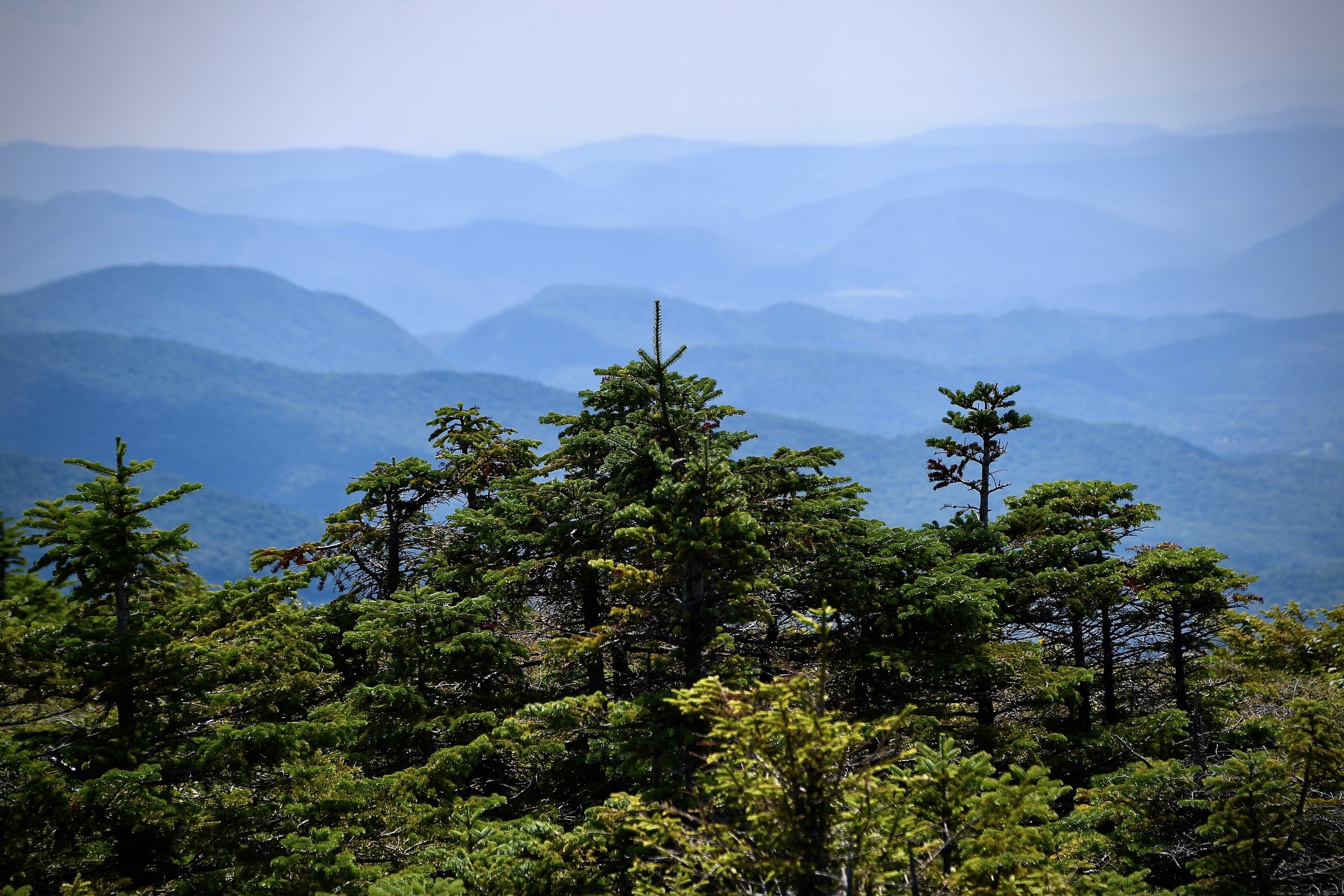Protecting Biodiversity in Vermont—It’s the Law
A Conversation with Vermont State Representative Amy Sheldon, Model Public Servant
Amy Sheldon, Vermont State Representative, Chair of the House Environment and Energy Committee. Photo courtesy Amy Sheldon.
On June 12, 2023, a groundbreaking new law, the Community Resilience and Biodiversity Protection Act, became a reality in Vermont after more than two years of study and testimony.
The new law, Act 59, calls for protection of 30% of Vermont’s land and waters by 2030, in keeping with President Biden’s 2021 Executive Order that sets the same goal nationwide. The Vermont law takes it further, though, calling for protection of 50% of the state’s lands and waters by 2050.
Protected lands under the law will fall into three categories:
Ecological Reserve Area: land that is managed with as little human interference as possible.
Biodiversity Conservation Area: land managed in a way that supports a particular species or habitat.
Natural Resource Management Area: land managed sustainably for timber harvest.
Ecological Reserve Areas are akin to Wildlands as defined in Wildlands in New England. They are places where nature is the manager. In Vermont, much of Mount Mansfield, and other high-elevation areas in the Green Mountains, are protected as Wildlands. Photo: ©Liz Thompson
In implementing Act 59, lowland ecological reserves, like this old growth forest on state land, will be identified to complement the many high-elevation reserves that already exist. Photo: ©Liz Thompson
Representative Amy Sheldon of Middlebury, Chair of Vermont’s House Committee on Environment and Energy, has decades of experience in conservation and land use planning. She was the champion, author, sponsor, and patient steward of this bill over the two years it took to pass into law. It was not an easy task—there were detractors and doubters. The language was scrutinized, tweaked, fussed over, edited, and revised until it was finally ready for wide acceptance, both within the assembly and in the citizenry at large. Rep. Sheldon did the lion’s share of the work, but she had help from attorneys, her colleagues in committee, and many dedicated citizens—experts in the field of conservation and others.
I recently asked Rep. Sheldon to describe her experience with Act 59. Responses have been edited for brevity and clarity.
Liz Thompson (LT): What motivated you to run for and join the legislature?
Amy Sheldon (AS): The climate crisis, and concern for the environment more broadly, motivated me to run. A talk by Bill McKibben a few years ago helped me to realize that now is the time. It is now or never—we need climate leaders in the legislature. So, I ran.
LT: What are the biggest threats we Vermonters, and New Englanders, face right now?
AS: The biggest threats we face in Vermont are the same as those we face nationally and globally. There are three looming challenges: human health, biodiversity, and the climate crisis. We are part of an underlying economic system that is not accounting for the cost of damage to our environment.
For human health, PFAS chemicals are an example of the impacts of a failed economy. They are everywhere in the environment, in all of us.
When it comes to the biodiversity crisis, we think we have a wonderfully intact landscape in Vermont, but we have 1000 species of critical concern identified. We are not meeting our goals of biodiversity conservation. Fourteen thousand acres are being converted from forest use to developed land each year in Vermont—this is a huge concern.
The climate crisis is clear. We are facing the repeated impacts of devastating flooding and potentially drought—and toggling between the two.
LT: What motivated you to sponsor and lead the charge on the biodiversity bill, as I’ve heard you call it?
AS: I saw that Vermont was way ahead in terms of understanding what we needed to do for conservation of our state’s biodiversity, a word that people do understand more and more. We have Vermont Conservation Design, which lays out a clear set of conservation targets. This will provide much of the foundation for the implementation of Act 59. But we didn’t have a proactive plan for achieving the targets.
Vermont needed a vision, specific goals, an inventory, and a plan, to help us move forward on biodiversity conservation.
We also needed to join the national conversation about 30x30. I saw the potential for that idea to get watered down from the goal of biodiversity conservation.
We need to raise the bar. We need to stay true to the vision of conserving half of the earth for biodiversity. The goal is not meant to be all things conservation to all people.
LT: What were the challenges in getting the law passed? Who were the advocates and who were the opponents?
AS: Governor Scott did not support it at first. He vetoed a similar bill in 2022, then allowed this bill to go into effect without his signature.
Many conservationists had concerns about the cost of permanently protecting 30% of our lands and waters by 2030, and 50% by 2050. They cited limited resources as well as concerns that this would take away from other conservation work. There were concerns about increasing the pace of conservation and, as always, about funding the work.
Another challenge was a concern from people who see a threat to managed forestland from conserving 10% of the land as wildland. There is a learning curve in understanding how critically important wildlands are to all of us, in a state that has focused, more than some other states, on managed forests.
But the support was, ultimately, overwhelming, from conservation professionals to the business community. It was heartening how many people, including legislators, supported the bill in the end.
LT: What do you see in terms of demographic changes as they affect conservation goals?
AS: We need to address the housing shortage in Vermont. We need honest conversations about this, and about the number of second homes that are unoccupied for much of the year. This is not necessarily the best use of our land and resources. If we become a climate haven, that may present an opportunity to make changes in housing and land use at the same time.
LT: What are your priorities for the upcoming session?
AS: Continuing with the themes of Act 59, we will work on a larger, more holistic update to Act 250, our statewide land use and development law passed in 1970. We need to update the regulations with the lens of landscape resilience and biodiversity protection. Our Regional Planning Commissions are key players in this update.
We may have a separate community resilience bill, supporting communities in getting out of harm’s way with floods like we’ve had this year.
We will also be updating our renewable energy standards to improve reliability and the transition to renewable energy. Other states now have more up-to-date standards.
LT: What is your advice to policy makers in other states who want to design legislation to implement the goals of 30X30?
AS: Work with experts in the field. Be sure that you understand the importance of biodiversity conservation and stay laser-focused on that. We’ve already done a lot to take care of human needs. We are failing to care for natural systems.
Educate yourself so that you can have the courage of your convictions. Read EO Wilson’s Half Earth. Start with general ideas and concepts but adapt them to your local conditions and needs. Get ecologists involved.
Read Wildlands, Woodlands, Farmlands, and Communities, and Wildlands in New England.
LT: Is there anything else you would like to say?
AS: Now is the moment to stop arguing about whether we are having crises, and to do something. If we get out of nature’s way, she will take care of things.
Amy Sheldon of Middlebury, Addison County, Vermont, holds a BA in economics from Middlebury College and an MS in Natural Resource Planning from the University of Vermont. She is a consulting Natural Resource Planner at Landslide Natural Resource Planning, Inc. Amy is also a Senior Faculty member at the National Outdoor Leadership School (NOLS), based in Lander, Wyoming, and serves on the Middlebury Conservation Commission. Amy served on the Middlebury Planning Commission for ten years, on the District 9 Environmental Board for Act 250, and on the Board of the Middlebury Area Land Trust before being elected to the Vermont House in 2014. She has served on the Fish, Wildlife and Water Committee, the Agriculture and Forestry Committee and the Commerce and Economic Development Committee.



